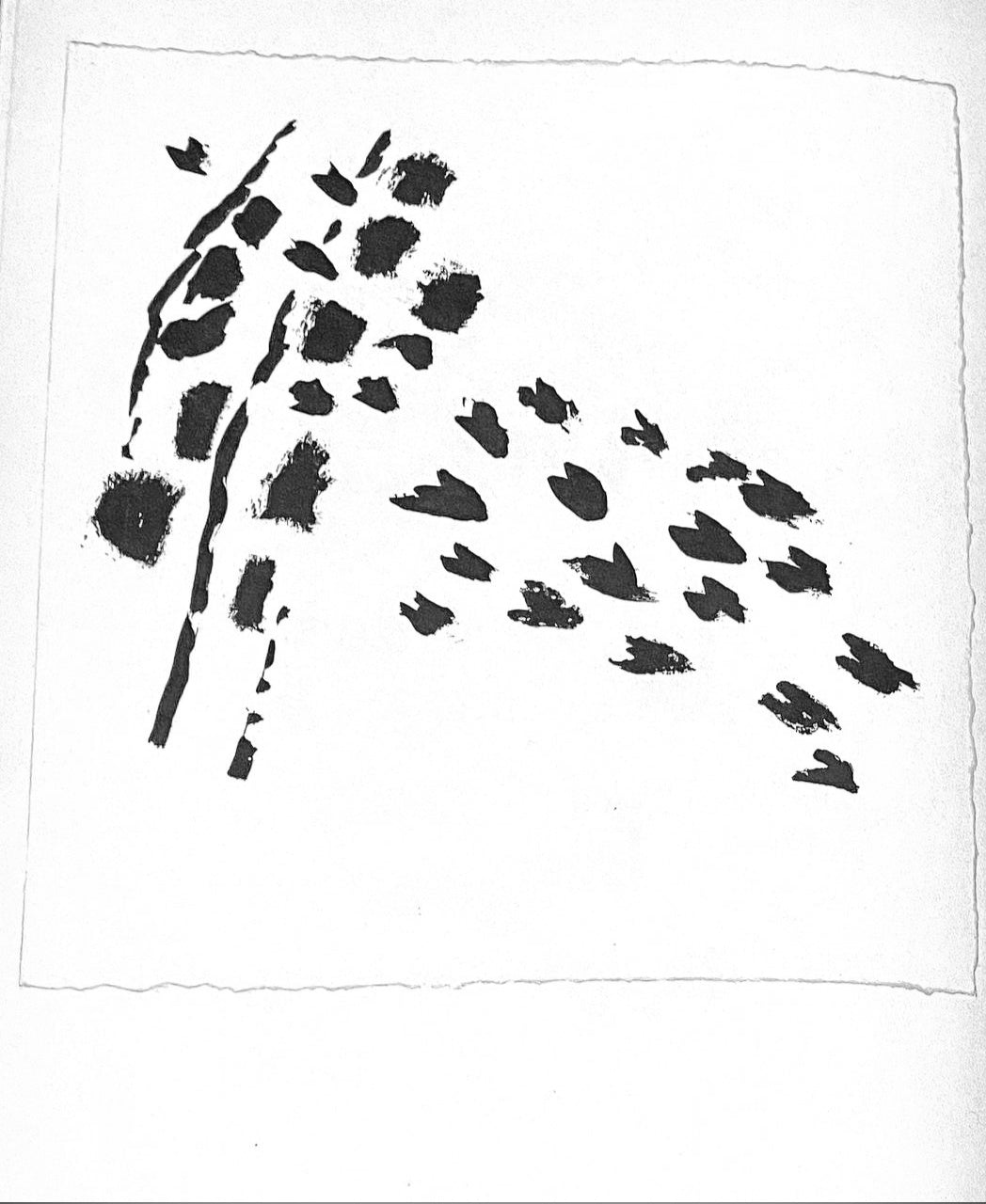Hedonism Gallery
after Georges Braque - Bon juge (1959)
after Georges Braque - Bon juge (1959)
Low stock: 1 left
- We ship worldwide from United States. For international orders over $2,500, payment via bank transfer is required. Please contact: art@hedonism.gallery
Couldn't load pickup availability
after Georges Braque Lithograph "Bon juge" (1959)
This stunning lithograph, After Georges Braque - Bon Juge (1959), is a must-have for any art enthusiast. Created by the renowned French artist, Georges Braque, this piece is a testament to his mastery of the medium. The intricate details of the lithograph make it a truly unique and captivating work of art.
This piece is a perfect addition to any home or office. Its timeless beauty and classic style will be sure to draw attention and admiration from all who see it. Whether you are a collector or simply looking to add a touch of elegance to your space, this lithograph is sure to be a conversation starter.
Experience the beauty of this piece for yourself.
- Date: 1959
- Lithograph, unframed
- Size: 15 х 11 in (38 x 27 cm)
- Printer: Arte, Paris
- Publisher: Maeght, Paris
- Good condition
Provenance: from the estate of Leon and Jane Arkus. Leon was the Director of the Carnegie Museum of Art, Pittsburgh, from 1969 to 1980.
Bazaine's lithograph on the back side, as issued.After prints were created under the auspices of artists’ publishers. Georges Braque worked with Parisian publisher Maeght to create graphics made “after” his watercolors and paintings. The printers whom he regularly worked with on his “original” graphics headed these projects. Like Chagall, Braque assisted the printers closely throughout the entire process; he chose each image and which technique to use, directed the lithographer or engraver, and corrected and approved the proofs. He authorized production of the work by hand-signing the edition. These “after” prints reproduced prominent, large color paintings from earlier in the artists’ careers–created before they had begun to utilize color printmaking techniques, and generally, from the mid-20th century on–and were championed by print publishers as a means of extending the artists’ commercial output.
Share












